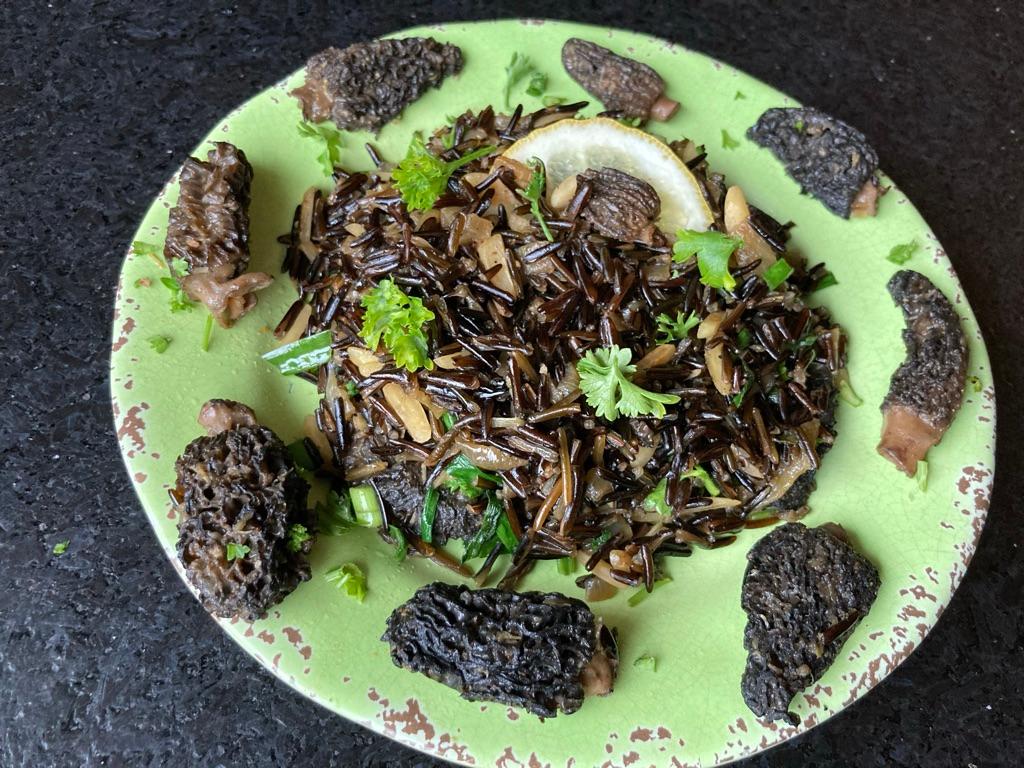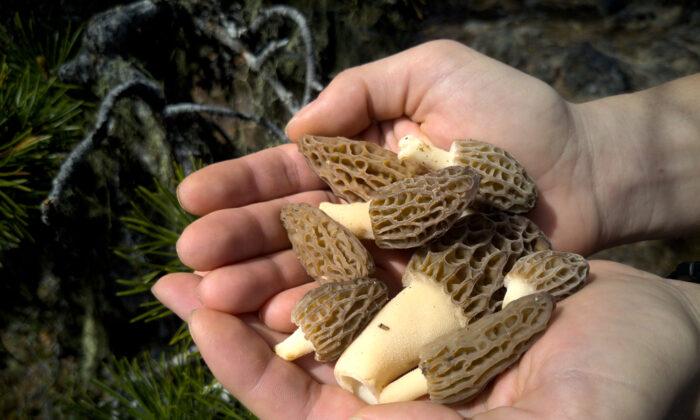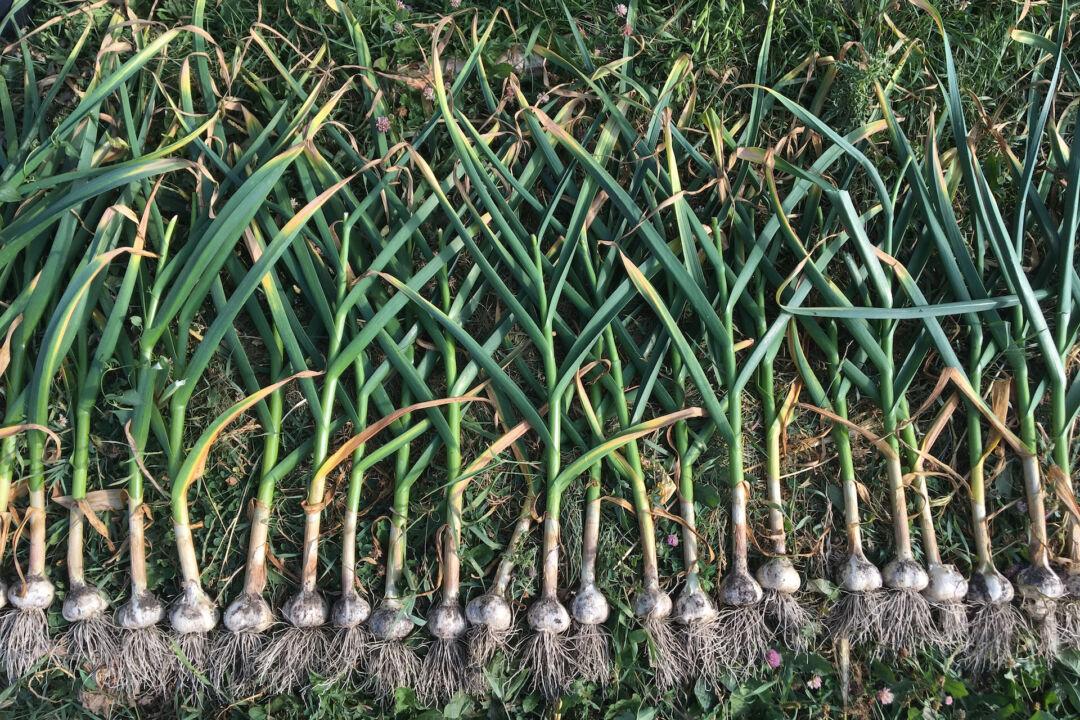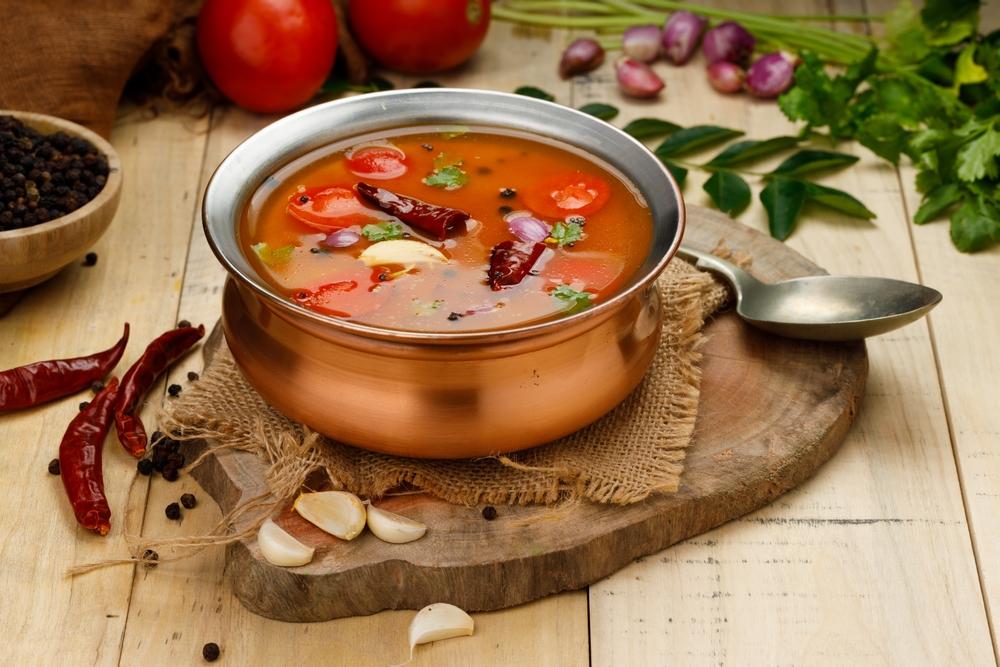Morels have no psychoactive properties, but they are definitely magical. The caps have a brainy look that might make you feel like you’re hallucinating, but the wacky, whimsical mushrooms are for real, and can cause real-life magic to happen. This is especially true if you are hunting them, but preparing morels can be an adventure, too.
Morels are widely considered the finest tasting mushrooms on the planet. Their meaty flavor and fleshy texture allow them to mix well with fat and wine, and lend a soulful fungal aroma to soups.
Morels grow, and are hunted, on every continent except Antarctica, and are named in most languages. They could spring up anywhere, as long as the soil temperatures and moisture levels are right, but they prefer creek beds, disturbed ecosystems, and the backyards of morel pickers. They appear in clusters, so if you find one, don’t move until you’ve scanned the whole area.
Most of the morels picked, including the ones for sale at fancy markets, are known as “phoneicoid morels,” named after the phoenix (or more colloquially, “burn morels”). For reasons barely understood, these morels proliferate in the burned mountain forests of the West. When you go after them, you quickly look and smell like a burned forest yourself.
Finding morels is part art, part science, and part persistence. It’s an ecological puzzle you solve by noting the elevation, the slope angle, the direction it faces, and surrounding plant species, if any remain. Pine cones can look like morels and get your hopes up. That’s why they call it mushroom hunting, rather than picking.
Last week when I went hunting, I did not have my morel goggles on. In retrospect, the burn I chose was at too high an elevation, so the soil wasn’t warm enough.
Back in town, I bought a nice basket of morels at the farmers market. Then I went to Diamond Jim’s Casino, which houses a small but well-appointed liquor store that carries the correct type of sherry for morel cooking.
Morels need sherry as much as they need butter. But not the so-called “cooking sherry,” which tastes more like saltwater. We need drinking sherry for morel cookery, but not the good stuff. High-end sherry does not offer any advantage over a seven-dollar bottle of Fairbanks. But alas, on that day, Diamond Jim’s was out of stock.
As I stood crestfallen in Diamond Jim’s, a friend called my name. Being a great hunter of elk, morels, and other wild things, I knew he would understand my plight. So I explained, to him and the room in general, why I needed that Fairbanks.
They just wanted to know where I had found the morels. Reflexively I spat out a false location, because they deserved to be lied to. Anybody foolish enough to ask a morel hunter where he found them, so they say, is foolish enough to believe the reply.
“I prefer vermouth,” offered the bartender. My head swiveled.
“For morels?” I asked. She nodded.
“Great! Do you have any vermouth?”
“No.”
Fortunately, dry vermouth is easier to hunt down than Fairbanks. I found a bottle at the supermarket across the street. And I’m happy to report that the bartender was correct.
Here’s a recipe for a dish I first ate by a campfire one rainy June night, when I was camping with a bunch of pickers. There is a certain smell that’s only available around a fire, in the middle of a burned forest, in front of a pan of morels simmering in a deep pool of butter. It’s the smell of the wild, and a whiff of the future in the middle of desolation—an ashy reminder that destruction can pave the way for new growth.
It blends a decadent morel sauté with wild rice and the untamed flavor of sage. It’s the wild earthiness that you are hunting for when you eat wild mushrooms.

Wild Things (Morels With Sherry and Wild Rice)
This hearty, earthy recipe is good served with meat, but that’s hardly necessary. Ultimately, it’s a showcase for morels. If you have to buy them and they’re really expensive, you can make up the difference with regular button mushrooms, or other wild mushrooms like oyster or porcini.For a sumptuous, saucy alternative, skip the wild rice and almonds and add a cup of heavy cream to the sautéed mushrooms instead.
- 2 cups wild rice
- 6 cups water, plus more as needed
- 1/2 cup butter
- 1 medium onion, chopped
- 1/2 pound fresh morels (or morels cut with other mushrooms), sliced in half from tip to stem
- 1 cup cheap, dry sherry or dry vermouth (failing those, dry white wine), divided
- 1 cup chicken stock
- 1 teaspoon ground nutmeg
- 1/2 teaspoon black pepper
- 1 teaspoon salt
- 1 teaspoon dried sage (or 1 tablespoon fresh)
- 1 tablespoon soy sauce
- Juice and zest of 1/4 lemon
- 1 large bunch parsley
- Handful of chives or ramps
- 1 cup slivered or sliced almonds
While the rice cooks, melt the butter in a pan (that has a lid, but do not use it yet) over medium-high heat. Add the onions and layer the morels on top. After about 5 minutes, as the onions start to cook down, give it a stir. After another 5 or so minutes, when the onions turn translucent and the pan starts to dry out, add 1/2 cup sherry (or vermouth), as well as the stock, nutmeg, black pepper, salt, sage, soy sauce, and lemon juice and zest. Lower the heat to medium and simmer for about 20 minutes. Add the other 1/2 cup sherry (or vermouth), cover the pan, and simmer for 10 more minutes.
While it simmers, trim and chop the parsley and chives.
When most of the liquid has evaporated from the pan, add the rice and stir it around. Add the almonds and give it another stir. Turn off the heat, stir in the parsley and chives, and serve.





